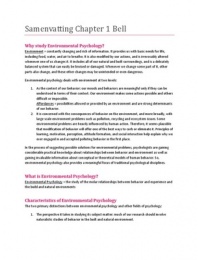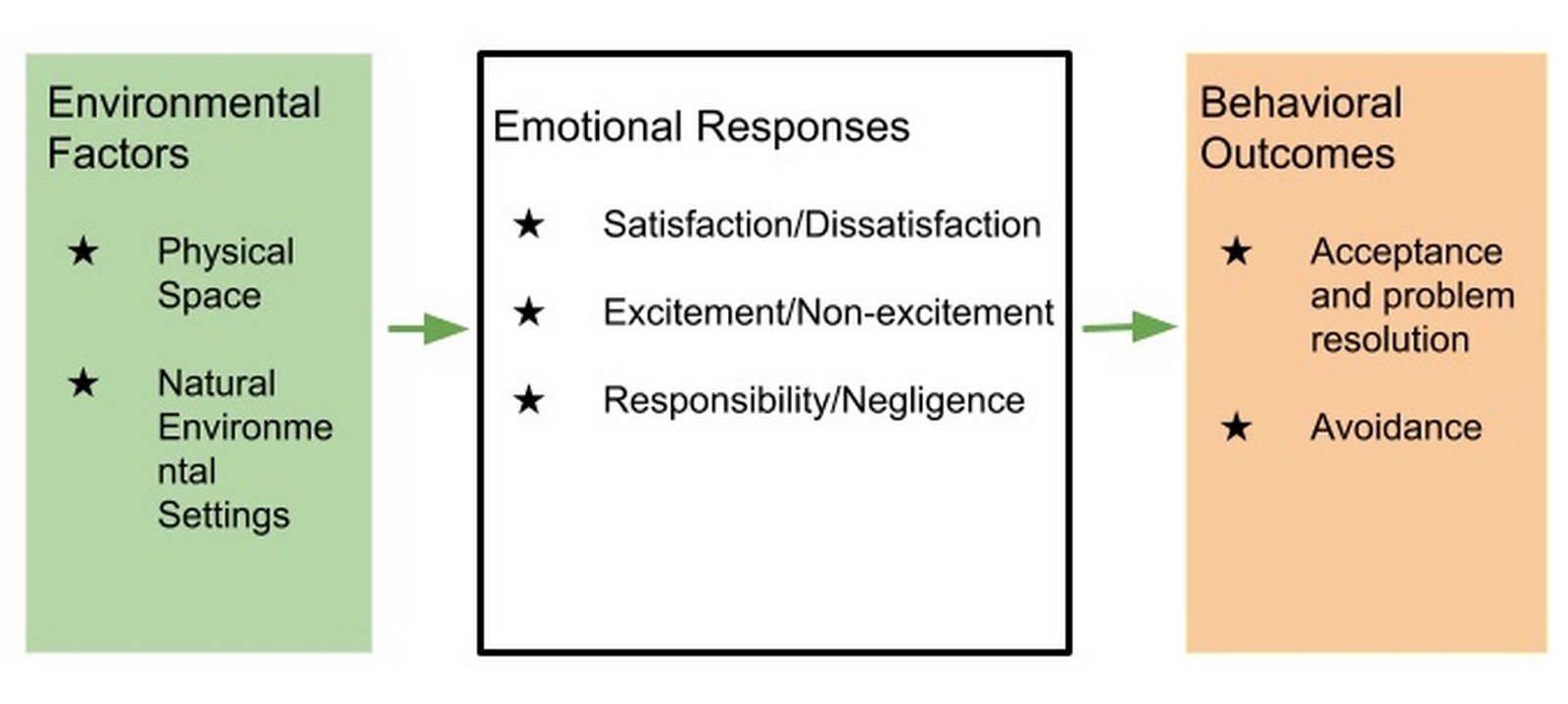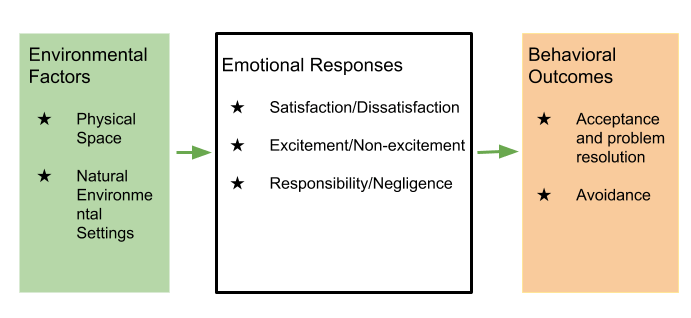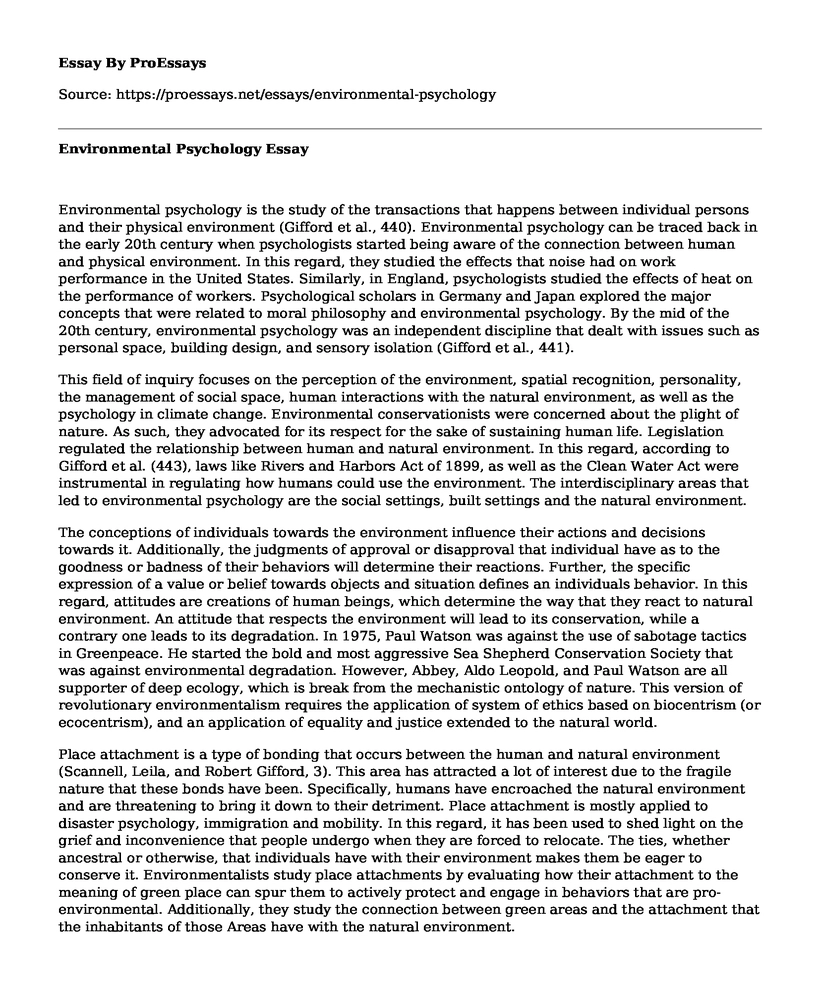Environmental psychology is a field of psychology that studies the relationship between humans and their physical environment. It focuses on how people interact with and perceive their surroundings, and how the built and natural environment can impact human behavior, cognition, and well-being. There are many examples of environmental psychology in action, both in the natural and built environment.
One example of environmental psychology in the natural environment is the concept of biophilia, which refers to the inherent human desire to connect with nature. Research has shown that being in nature, or even just looking at scenes of nature, can have a positive impact on mental health and well-being. For example, studies have shown that people who live in neighborhoods with more green space have lower rates of anxiety and depression compared to those who live in more urban areas with less greenery. Similarly, research has shown that hospital patients who have a view of nature from their window tend to have shorter stays and need fewer pain medications compared to those who do not have a nature view.
Another example of environmental psychology in the natural environment is the concept of restorative environments. Restorative environments are places that have a calming and rejuvenating effect on people, and can help to reduce stress and restore mental energy. Examples of restorative environments include beaches, forests, and other natural areas that have a sense of openness and a lack of visual clutter. Research has shown that spending time in restorative environments can help to reduce blood pressure, heart rate, and stress hormone levels, and can improve cognitive function and mood.
In the built environment, environmental psychology can be seen in the concept of wayfinding, which refers to the process of navigating and orienting oneself in a physical space. Wayfinding can be influenced by environmental cues such as signage, color, and lighting, and can impact how people feel about a space and their ability to navigate it effectively. For example, research has shown that poor wayfinding can lead to increased stress and frustration, while good wayfinding can enhance feelings of control and well-being.
Another example of environmental psychology in the built environment is the concept of territoriality, which refers to the ways in which people mark and defend their personal space. Territoriality can be influenced by factors such as privacy, control, and personal identity, and can have a significant impact on how people feel about a space. For example, research has shown that people who have control over their work space, such as the ability to personalize it or make decisions about how it is used, tend to have higher job satisfaction and productivity compared to those who do not have such control.
Overall, environmental psychology is a fascinating field that helps us to understand the complex relationship between humans and their physical environment. By studying how the natural and built environment can impact human behavior and well-being, we can design spaces that are more conducive to health, happiness, and well-being for all people.







